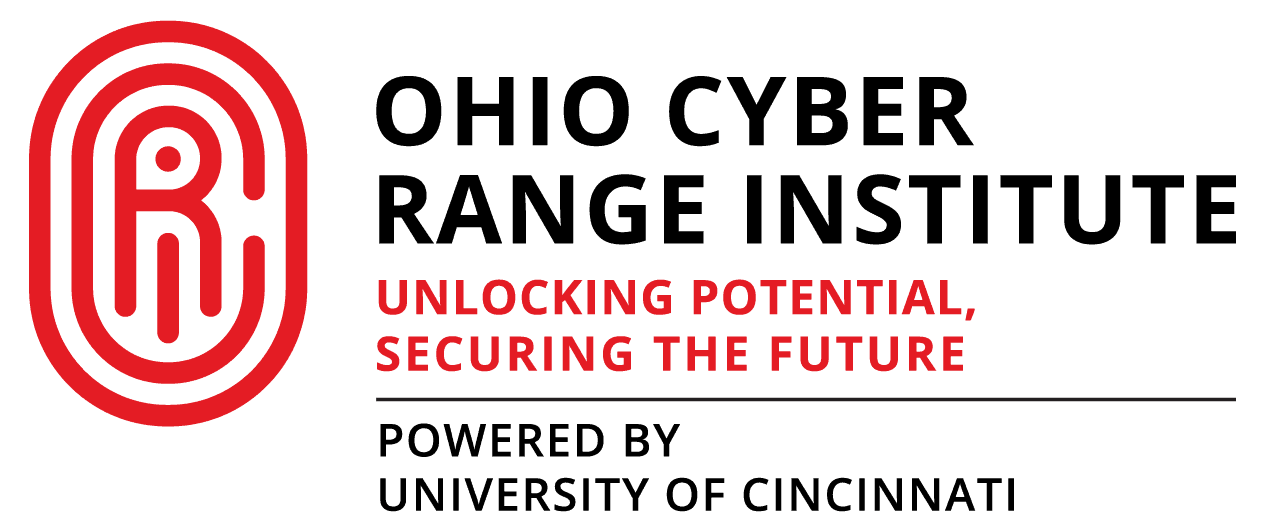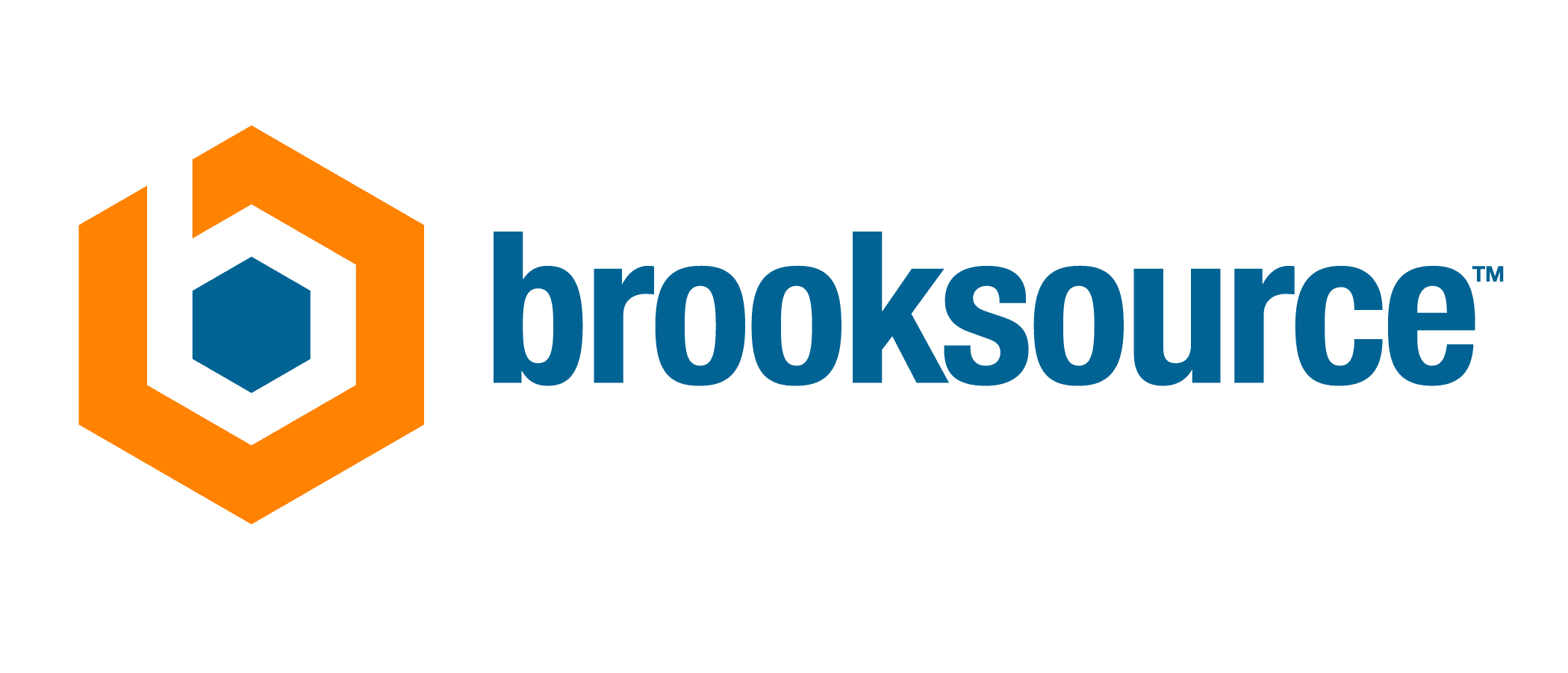Abstract
To achieve economic growth and social equality, Digital Inclusion is critical. Communities continue to encounter disparities in their access to and usage of digital technologies. Given that the pandemic has increased remote work and education, communities have had to urgently address the lack of access to broadband and digital resources. Our team is interested in how cities have approached challenges to access focusing on the strategies employed by cities that were identified by the National Digital Inclusion Alliance (NDIA) as “trailblazers”. When it comes to addressing inclusion in historically under-served neighborhoods, our findings highlight some often employed strategies and those that are less typically considered. We reviewed Digital Inclusion plans from the NDIA’s 16 major cities using thematic analysis. Our findings show that many cities follow a similar format in their approach to Digital Inclusion with 7 of 11 categories having 80 percent or more overlap. Furthermore, a focus on devices and community data gathering were the most popular strategies present in all 16 cities, while privacy and security, accessibility, reporting, and mapping strategies were less often mentioned. These results contribute to an understanding of emerging trends in strategies used in exemplary cities and implies that privacy and security are large issues for cities but are not often addressed.
Authors: Lily Edinam Botsyoe, MSIT; Ebubechukwu Edokwe, MSIT; Mahmoud Junior Suleman, MSIT; Dr. Nora Kathryn Mcdonald, PhD; Dr. Jess N Kropczynski, PhD













